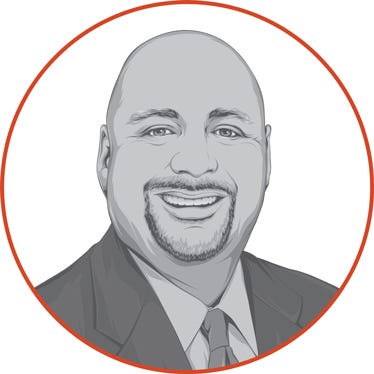
Our bank and a lot of people I read are always talking about the importance of projected breakevens. I don’t know how many bushels I’m going to raise, so I usually don’t put much stock in breakevens. What’s your opinion? — R.R., Iowa
My opinion is that you’re exactly right. On the farm, we don’t know what our breakeven per bushel will be until we know how many bushels we have. When compared with other manufacturing businesses, farming is unique in this regard.
For example, if I’m running a factory, I may know that I’m going to produce 1,000 units in a given year or quarter. Then, I can spread my costs over those 1,000 units and know what my breakevens are — before I even make the first unit.
In farming, we don’t have that luxury. The level of uncertainty farm leaders face could lead us to believe: Why even bother with trying to project breakevens?
Our advisers take a different approach when working with our farmer-clients. To create a starting point to estimate bushels, we use an Olympic average — an average of the past five years, with the high and low taken out.
Then, the clients and advisers compare the farmer’s previous years, starting with the bushel estimate. They compare potential expenses and revenues for the projected year with previous years. As the crop year progresses, they dial in expected revenues and production based on weather and crop potential.
The focus narrows toward what type of yield the farmer might expect that year, while acknowledging no one can predict yield perfectly. Knowing the range the operation is likely to fall into, historically speaking, allows the farmer to look at scenarios: From this point, what does 5% lower production look like? What does 5% higher look like?
This approach offers guide rails to operate within. The main alternative? Simply hoping that we grow a great crop and everything works out.
The goal here isn’t trying to predict yield or breakevens perfectly; it’s to get a better understanding of the farm business, so the leader can make good decisions throughout the year.
Frye is president and CEO of Water Street Solutions. Read his blog, Finance First, online and in the pages of Farm Futures. [email protected]
About the Author(s)
You May Also Like






